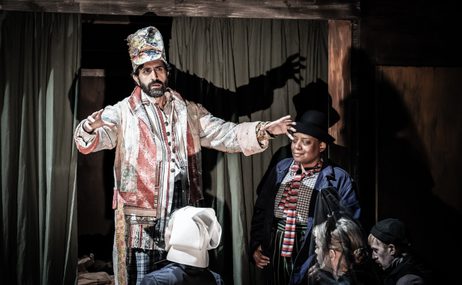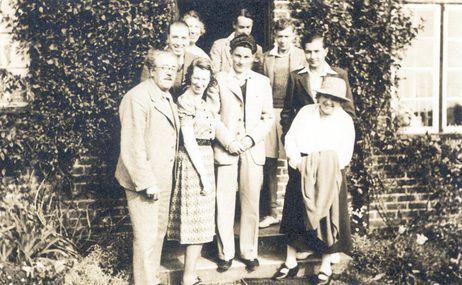Presented by Olivia Bloore
Britten’s music has often been attractive to choreographers – Britten arranged Rossini’s and Chopin’s music for the American Ballet Company in Matinées Musicales and Les Sylphides (both in 1941); and more recently Richard Alston’s ballet company have choreographed a number of Britten works, including Rejoice in the Lamb and Phaedra. However, Britten wrote only one full-length ballet score, and as Olivia Bloore relates in this week’s film the process was a lengthy and not entirely happy one. By the time he finally finished the work, he was heartily sick of the whole thing, writing to Prince Ludwig of Hesse: ‘That b. Ballet is FINISHED, & I feel as if I’ve been just let out of prison after 18 months hard labour’.
Yet the problems in its genesis are barely discernible on listening to it: it is one of Britten’s most exuberant scores. What enabled him to finish it was a hugely significant trip to the Far East, including Bali, in 1955-6, which exposed him to a vast array of non-western sounds and compositional structures. The music of the gamelan in particular finds its way into passages of The Prince of the Pagodas – most notably in an extended sequence in Act II that must have startled audiences at the 1957 premiere.
Pagodas is also a rare, purely orchestral work and Britten’s seemingly boundless orchestral imagination is showcased across its considerable length. The extracts in the film include Britten’s very effective imitation of the gamelan using western percussion instruments and piano; a poignant dance for the Emperor in Act III with the alto saxophone evoking an almost Kurt Weill-like melancholia; and the triumphant, cacophonous ending.

74th Aldeburgh Festival
09 – 25 June 2023
A Song at The Red House: 'Tell me the Truth About Love', by Benjamin Britten
Soprano Elise Caluwaerts performs one of Britten's cabaret songs, with a witty text by WH Auden. Accompanied by Lucy Walker on Britten's Steinway piano…
Work of the Week 24. Violin Concerto
Presented by Roger Wright
